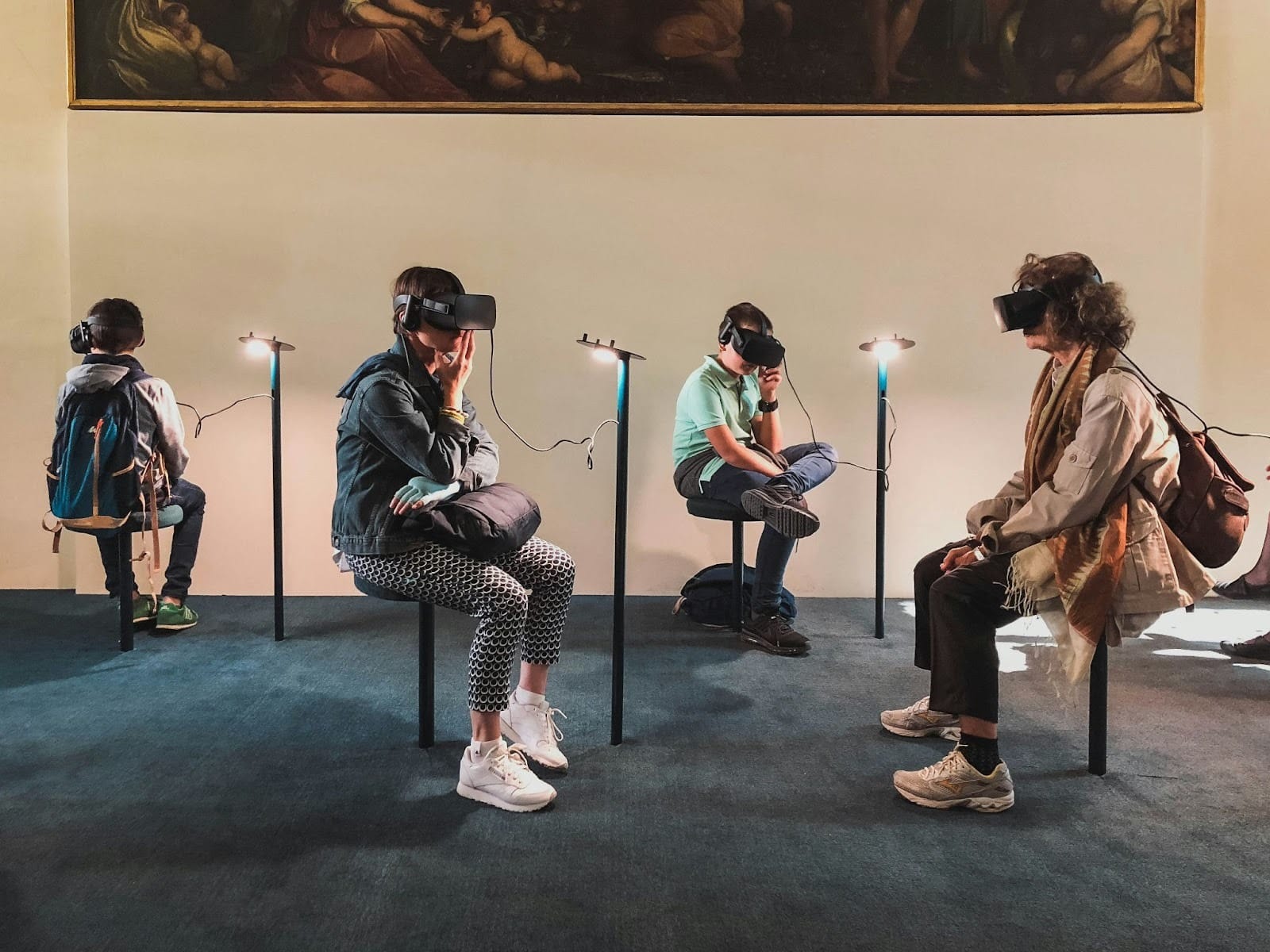Top Benefits of Interactive Advertising for Brands in 2026
Some ads don't just show a product; they let people experience it. In Stockholm, Volkswagen turned a staircase into a giant piano. This prompted commuters to take the stairs and instantly made the campaign go viral.
Similarly, Kiro Beauty launched an interactive shoppable video ad where viewers could try and buy lip shades directly within the video. This creative ad helped boost engagement and conversions.
These campaigns show the power and benefits of interactive advertising for brands. By turning audiences into participants, brands can capture attention, spark emotion, and create memorable experiences. The result is not just higher engagement but measurable benefits, making interactive ads one of the most effective tools in modern marketing.
What is Interactive Advertising?

Interactive advertising is a dynamic approach that transforms traditional marketing by actively involving the audience. Instead of passive consumption, it encourages users to engage directly with the ad content, creating a two-way communication channel.
Interactive advertising can include interactive videos, augmented reality (AR) experiences, gamified elements, virtual try-ons, and shoppable ads, all designed to foster deeper connections between brands and consumers.
Interactive ads for brands have delivered engagement and measurable results.
Take the Burn That Ad campaign as an example. The ad generated over 400,000 interactions, 1.5 million Whopper redemptions, and a 55% boost in in-app sales for Burger King.
Wendy's Keeping Fortnite Fresh campaign integrated its brand into the popular game Fortnite. By joining Team Pizza in the game's Food Fight mode, Wendy's engaged directly with the gaming community, reinforcing their commitment to fresh ingredients and resonating with a younger audience.
These examples highlight how interactive advertising can captivate audiences, foster deeper connections, and drive measurable results. By encouraging active participation, brands can create experiences that are not only seen but also felt and remembered.
Top Benefits of Interactive Advertising

Here are some interactive marketing benefits for brands:
Enhanced Engagement
Interactive ads captivate audiences by encouraging active participation. This leads to longer attention spans and increased interaction rates. For instance, interactive video ads have a 91% completion rate, significantly higher than traditional video ads.
Improved Data Collection
The interactive ads provide valuable first-party data through user interactions, such as polls, quizzes, and customization tools. This data helps brands personalize future campaigns and helps them make changes based on their target audience's preferences.
Higher Conversion Rates
The engaging nature of interactive ads leads to higher conversion rates. Personalized and immersive experiences compel users to take actions, such as making a purchase or signing up for a service.
Stronger Emotional Connection
By involving users in the brand experience, interactive ads create memorable moments that foster a deeper emotional connection, leading to increased brand loyalty and advocacy.
Examples of Successful Interactive Advertising
L'Oréal's Virtual Hair Color Try-On
L'Oréal introduced an interactive mobile ad allowing users to virtually try on different hair colors using their front camera. This immersive experience enhanced user engagement and provided valuable insights into consumer preferences.
Nike's Nike By You Campaign
Nike's campaign allowed users to design custom sneakers, selecting colors, materials, and patterns. This interactive experience resulted in a 12% increase in direct-to-consumer sales and strengthened brand loyalty.
Christian Dior Parfums: AR Try-On
Dior used augmented reality to allow users to try on different lipstick shades virtually via their phone cameras. The campaign reached over 4 million people, and the virtual try‐ons were used over 400,000 times.
Flam: Revolutionizing Interactive Advertising
Flam is a full-stack, AI-first product suite that empowers brands and enterprises to create, publish, and scale immersive and interactive experiences.
Core Innovation: Flam transforms traditional ads into engaging mixed reality (MR) experiences that users can access instantly via a QR code scan or link click, without downloading an app.
Technical Edge: Flam delivers app-like performance with a minimal bundle size of under 175 KB and latency below half a second. Its app-less AI infrastructure, powered by edge-compute architecture, streams hyper-real mixed-reality content in under 300 ms while supporting over 6 billion smartphone devices.
Scalability and Hyper-Personalization: Flam overcomes two of the biggest challenges in digital advertising. Brands can deliver highly personalized experiences at a massive scale, ensuring every user interaction feels tailored while reaching millions globally without compromising performance.
Multi-Channel Reach: Interactive MR content can be launched across any touchpoint, such as digital platforms, broadcast TV, mass media, retail, out-of-home advertising, packaging, and even WhatsApp messages to maximize engagement and visibility.
Real-World Impact: Flam is trusted by over 100 global brands, including Google, Samsung, Emirates, Britannia, and Mahindra, powering campaigns that have reached over 380 million users worldwide. By combining scalability with hyper-personalized experiences, Flam is redefining the future of interactive advertising.
Future Trends in Interactive Advertising
As technology continues to evolve, interactive advertising is expected to become more personalized and immersive. Future trends in interactive advertising include:
Integration of Artificial Intelligence: AI will enable more personalized ad experiences by analyzing user behavior and preferences.
Expansion of Augmented Reality: AR will be used to create more interactive and engaging ad formats.
Increased Use of Voice and Gesture Controls: Ads will incorporate voice and gesture recognition for more intuitive user interactions.
Enhanced Data Analytics: Advanced analytics will provide deeper insights into user behavior, allowing for more targeted and effective campaigns.
Conclusion
Interactive advertising is transforming the marketing landscape by fostering deeper connections between brands and consumers. Through enhanced engagement, improved data collection, and higher conversion rates, brands can create memorable experiences that drive loyalty and sales.
Platforms like Flam are at the forefront of this revolution, simplifying the creation of interactive campaigns and enabling brands to stay ahead in an increasingly competitive market.